Keep in mind that in choosing a business, it is essential to evaluate the needs of the community you hope to serve. Look at the local demographics and trends. The heightened public interest in preserving the environment is growing stronger and will be a vital concern in the 21st century. Entrepreneurial efforts tied to the nationaland worldwidecommitment to preserve our environment have tremendous potential to grow and prosper in the coming years.
This book was designed to help you explore a wide range of opportunities and learn from the experience of seasoned entrepreneurs of the potential for successas well as the challengesyou will face when you decide to launch your own business.
What It Takes to Succeed as an Independent Entrepreneur
E very business is nourished by a specific set of skills, of course, and our profiles detail the training and personality traits that each industry requires. However, in general, an entrepreneur needs the following traits:
Self-confidence and assertiveness
 Boldness, courage, optimism, and the willingness to take controlled risks
Boldness, courage, optimism, and the willingness to take controlled risks
 A capacity for hard work: discipline, diligence, and perfectionism
A capacity for hard work: discipline, diligence, and perfectionism
 Ambition, persistence, determination, and commitment to a goal
Ambition, persistence, determination, and commitment to a goal
 Leadership ability, decisiveness, efficiency, and the ability to delegate authority
Leadership ability, decisiveness, efficiency, and the ability to delegate authority
 Team spirit and concern for others
Team spirit and concern for others
 An ability to solve problems: resourcefulness, inventiveness, and organizational aptitude
An ability to solve problems: resourcefulness, inventiveness, and organizational aptitude
 Flexibility and adaptability
Flexibility and adaptability
 Honesty, integrity, and a commitment to high standards of quality
Honesty, integrity, and a commitment to high standards of quality
 Street smarts, intelligence, and good judgment
Street smarts, intelligence, and good judgment
Perhaps most important, you also must love your company. Can you picture yourself in the drivers seat for sixty to eighty hours a week? Will your family and others in your support system back you 100 percent of the time? To succeed, pick something you love and are gifted at, suggests Jeannie Gehring, president of Slender Center diet service in Madison, Wisconsin. She, for one, remains an adolescent in love. I love the advertising, accounting, nutrition, speaking, and counseling aspects of the business. Ive never had a day I wasnt roaring to get to work.
C APITAL
Virtually every entry in 101 Best Businesses to Start provides an estimate of start-up costs. Some home-based businesses can begin with just a few thousand dollars, while others require hundreds of thousands to launch. Of course, the better capitalized businesses reach profitability faster (and are therefore more fun) than those that squeak by from day to day. When capital is scarce, entrepreneurs use a variety of ploys to hold down initial costs. Learn to improvise and improve, says Erika Zimmerman, whose Erikas Hair-U-M Inc. beauty shop operates from Darien, Illinois. For example, Dennis Sheaks bought used equipment to outfit Joe Peeps New York Pizza. Donna Porter says some of her best advertising at Playful Parenting of Lancaster (Pennsylvania), a childrens gym, comes from enrolling her tots in charity Olympics events. Personal assistant Laura Cribbs made up small candy bouquets to pass out along with her business card. Innumerable sole proprietorships operate from home until its time to hire a second person. And many businesses hire part-time or commission workers who receive pay only when the work comes in the door.
To be on the safe side, overestimate your expenses and time until breakeven and underestimate your profits. Dont forget to factor in living costs. Most experts suggest socking away enough savings to support your family for a full year, or securing another source of income, such as a working spouse might provide, that can pay the household bills.
An accountant can help you project your businesss expenses, revenues, and cash flow. When calculating start-up and operating costs, make sure to include the following: the cost of leasing, buying, renovating, and building your place of business; furniture, equipment, and supplies; gas, electric, water, and telephone utilities; garbage collection, janitorial, maintenance, and extermination; inventory; payroll, professional dues, and continuing education; promotion and advertising; credit card fees; licenses and permits; bad debt; taxes; and insurance.
Funding comes in as many guises as there are businesses. The first place to look, of course, is your own savings. If you can cover only part of your expenses from cashing in your pension plan and raiding your bank book, approach friends and family. Charles Grove, who designs $300,000 to $1 million miniature golf courses, says its not unusual for a young couple with $42,000 to get into the business. They get their in-laws involved, and a couple of neighbors put up money, which creates a viable financial base to approach the banks. Then the couple sets up a corporate structure with the provision that they can buy the others out.
Small-business owners rarely go beyond family and friends for financing. Commercial banks wont risk lending money to start-ups, although sometimes entrepreneurs can secure personal loans. The Small Business Administration once represented a ready lending source, although its kitty has dwindled in recent years.
Very large (and very promising) start-ups can sometimes approach venture capitalists and limited partners. Occasionally start-ups with massive potential convince investment bankers to float an initial public offering of their stock, enabling them to sell shares to public investors. However, even these funding sources expect the principals to pour substantial home-grown capital into the new business.


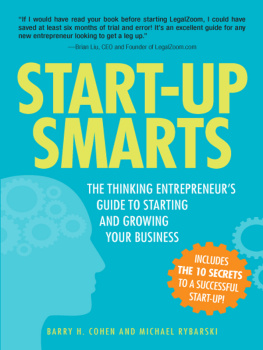


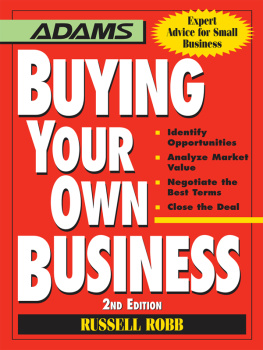
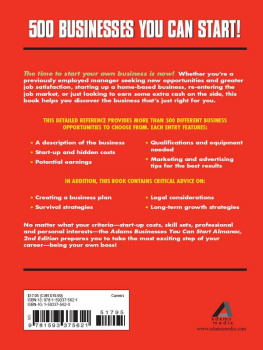


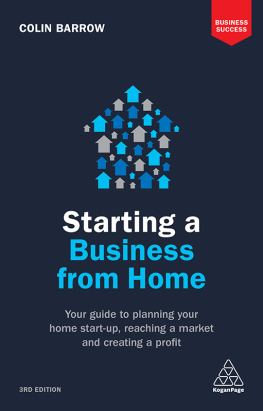
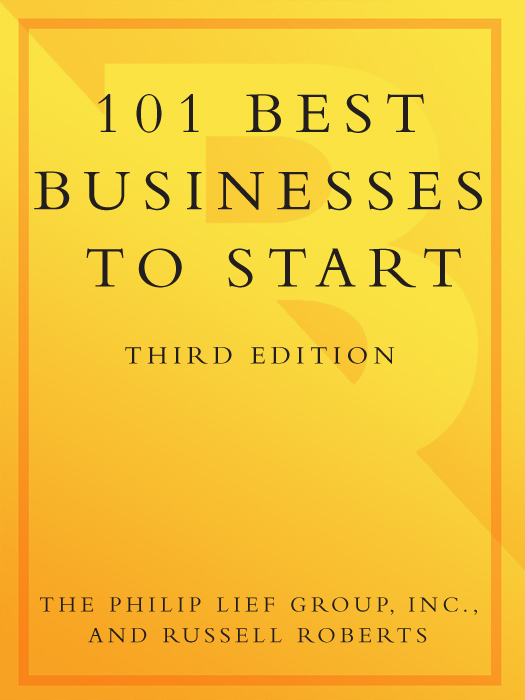
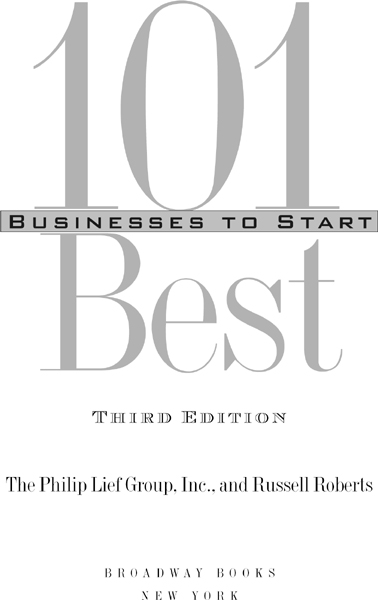
 Boldness, courage, optimism, and the willingness to take controlled risks
Boldness, courage, optimism, and the willingness to take controlled risks